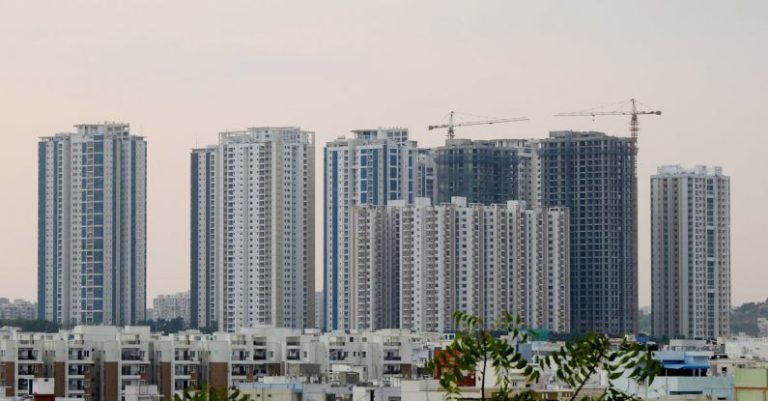Composite Materials: Shaping the Future of Urban Landscapes
In the ever-evolving realm of urban design and construction, composite materials have emerged as a game-changer, offering a versatile, durable, and sustainable alternative to traditional building materials. From towering skyscrapers to intricate facades, these innovative materials are shaping the future of urban landscapes in ways that were previously unimaginable. Let’s delve into the transformative impact of composite materials on urban architecture and infrastructure.
Revolutionizing Architectural Design
Composite materials, composed of two or more distinct components, have opened up a world of possibilities for architects and designers. Their lightweight nature, coupled with exceptional strength and flexibility, allows for the creation of structures that defy traditional design constraints. The use of composites in architectural projects has led to the development of futuristic buildings with sweeping curves, intricate patterns, and bold aesthetics that captivate the imagination.
Enhancing Structural Integrity
One of the key advantages of composite materials is their superior structural integrity. Unlike traditional materials such as concrete or steel, composites offer a high strength-to-weight ratio, making them ideal for constructing tall buildings and bridges. The durability of composites also ensures longevity and resilience against harsh weather conditions, seismic activity, and other external factors, making them a preferred choice for urban infrastructure projects.
Sustainable Solutions for Urban Development
In an era where sustainability is paramount, composite materials shine as a eco-friendly alternative to traditional building materials. Composites are often made from recycled or renewable sources, reducing the environmental impact of construction projects. Additionally, their energy-efficient properties contribute to lower carbon emissions and reduced energy consumption in urban settings. By incorporating composite materials into urban development projects, cities can move towards a more sustainable and greener future.
Innovative Applications in Urban Landscapes
The versatility of composite materials extends beyond traditional construction practices, with innovative applications transforming urban landscapes in unique ways. From lightweight panels that enhance building facades to composite bridges that span across rivers and valleys, these materials are pushing the boundaries of what is possible in urban design. The use of composites in public art installations, street furniture, and urban amenities adds a touch of modernity and sophistication to cityscapes, creating a harmonious blend of aesthetics and functionality.
Creating Resilient Urban Infrastructures
As cities grapple with the challenges of rapid urbanization and climate change, the need for resilient infrastructures becomes increasingly imperative. Composite materials offer a solution that addresses these challenges by providing structures that are not only durable and long-lasting but also adaptable to changing environmental conditions. Whether it is reinforcing existing buildings against seismic activity or constructing flood-resistant structures, composites play a vital role in creating resilient urban environments that can withstand the test of time.
Pioneering the Future of Urban Design
The integration of composite materials into urban landscapes represents a paradigm shift in the way we approach architecture and construction. By harnessing the innovative properties of composites, designers and urban planners are pioneering a new era of urban design that is bold, sustainable, and forward-thinking. As we look towards the future of our cities, composite materials stand at the forefront of shaping urban landscapes that are not only aesthetically pleasing but also resilient, eco-friendly, and built to last.
Embracing a Sustainable Urban Future
In conclusion, composite materials have undoubtedly revolutionized the field of urban design, offering a plethora of benefits that contribute to a sustainable and resilient urban future. From their innovative applications in architectural design to their role in enhancing structural integrity and sustainability, composites are reshaping urban landscapes in ways that are both inspiring and practical. As cities continue to evolve and grow, the adoption of composite materials will play a crucial role in shaping the urban environments of tomorrow, paving the way for a more sustainable and vibrant future.






